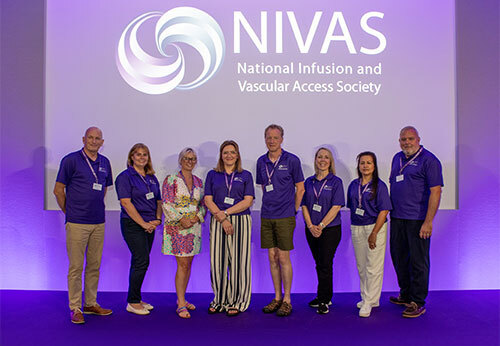CLABSI in critical care – Full Text
"This study highlights the importance of minimizing CVC use and limiting the number of insertions to reduce CLABSI risk. Effective management strategies should focus on reducing CVC duration and frequency" Alomari et al (2025).









